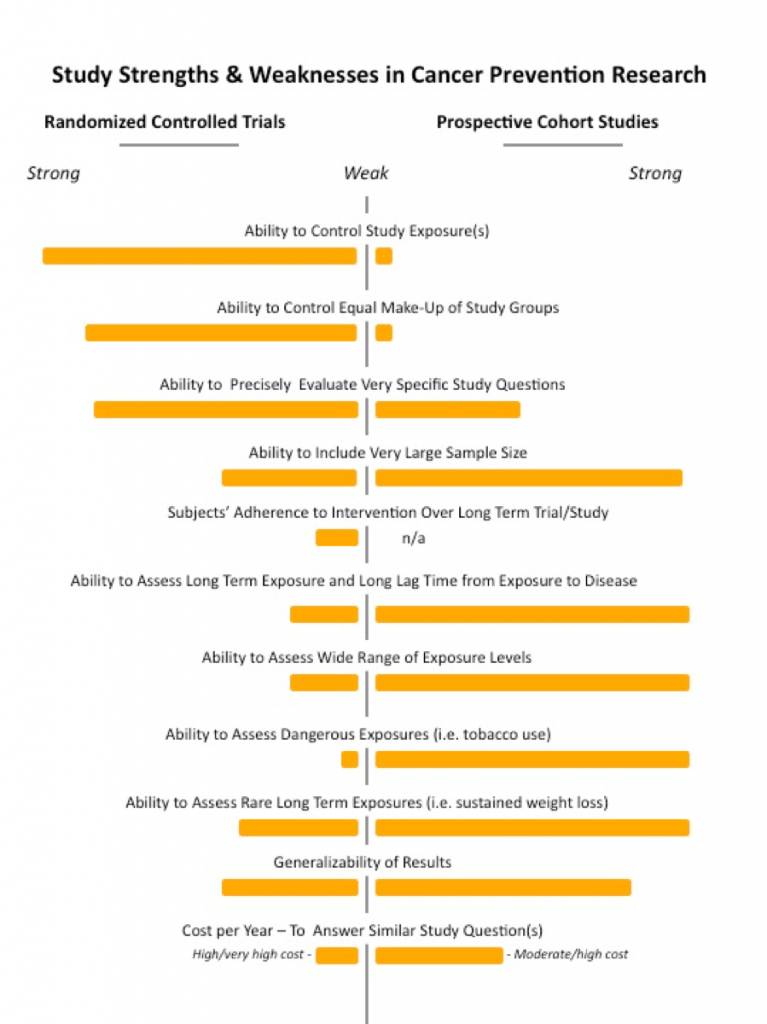Originally appeared in: TOGETHER – Every Woman’s Guide to Preventing Breast Cancer.
Although the modern version of the Internet has been around for close to twenty years, it still functions a lot like the Wild West. This is especially so when it comes to health information. Although there has always been unreliable and outright dangerous health information available to consumers, it often had limited reach simply because it had to be typed, printed, and physically distributed to people. Now, with the click of a mouse or touch of a finger, information of all types can be distributed to millions worldwide. Determining what health information is reliable and what is not can be exceptionally hard, even for those well versed in science and health.
These tips can help you weed out the bad information, focus on the good, and make better sense of it all.
Taming the Wild West of Health Information
Focus on a few key information sources. Probably the best way to make sure you’re getting the most reliable health information possible is to rely on a handful of reputable health sites that largely come from the non-profit, government, or university setting. For breast cancer, this includes places like the National Cancer Institute, American Cancer Society, Breast Cancer Research Foundation, National Library of Medicine, and Susan G. Komen. News sites like the New York Times, WebMD and Intelihealth can also be good sources of information. Stay away from sites that do not clearly describe who they are and what their qualifications are for providing health information.
If it sounds crazy, it probably is. Crazy stories and wild tales are part of the reason the Internet – and the world at large – can be so entertaining. Yet, no matter how engaging such things are, they should not be the basis for decisions you make about your health. Countless websites will tout “hidden” or “secret” information about the causes of breast cancer, often accusing big science and big academia of suppressing such information. Statements like this should be huge red flags because this is not how science works. Science is built on constant, open deliberation and re-evaluation. If a site touts something not discussed in more mainstream scientific circles, it’s simply because it lacks enough good evidence to warrant discussion. If you read something and have a question about it, visit a reputable site to see if it has merit.
Know a bit about different types of health studies. This can be a little dry, but to really be able to understand a lot of the health information out there, it’s important to have at least a general idea of the different types of research studies and how they work.
Lab vs. animal vs. human studies
This is one of the most important distinctions when it comes to parsing health information. Why? Because the results of research studies often get reported and written up and batted around the Internet without much, if any, discussion of what was actually the focus of the study. Was it cells? Was it tissue? Rats? Humans? Extraterrestrials? The answer to such questions has a very important bearing on the conclusions you can draw from a study’s results. Cancer studies done in labs, whether on cells or in animals, are most often used to generate ideas for further research. Although these studies sometimes grab headlines, they rarely should – at least not in the context of human cancer. It can seem simplistic to say, but cells and animals are not humans. So it’s incorrect to assume that results from these lab studies have immediate meaning for how cancer in humans is diagnosed, treated, or prevented. To begin to draw those conclusions, studies need to be done in actual humans – and even then, things can be complicated.
Human Studies
There are many different types of studies done in humans. Three main types that are most import for cancer research are case-control studies, cohort studies, and randomized controlled trials.
Case-control studies
Though there are a lot of factors to consider, case-control studies are typically the least reliable of these three types of studies. This is largely because they take people who have been diagnosed with cancer (the cases) and who haven’t been diagnosed with cancer (the controls) and look at data from the past to determine what might be linked to the cancer cases. Looking into the past for information opens up a lot of room for error, with inaccurate records or clouded recall. Like lab studies, case-control studies are often good jumping-off points for further study with more reliable methods.
Cohort studies
Cohort studies, when well designed, provide very reliable results. These studies take a group of people (a cohort) and follow them over time (sometimes decades) taking note along the way of many different factors and characteristics and then seeing which ones may relate to cancer. Because data are collected over time, cohort studies are less likely to have flawed data compared to other types of studies. The ability to follow people for many years also make cohort studies good methods for studying diseases that can take many decades to develop, like cancer.
Randomized controlled trials
Randomized controlled trials are the type of study most people think of when they think about research studies. A group of people is randomly assigned to a study group or a control group. The study group gets some sort of targeted intervention – such as a change in diet or a new screening test – and the control group does not. The two groups are then followed over time and rates of disease in each group are compared to see what impact, if any, the intervention has had.
Randomized trials are most often referred to as the “gold standard” for research, with cohort studies resting in some second tier. This is a convenient way to think about it, but the balanced reality is that each study has its place (see figure). Well-designed randomized trials can be very good at answering targeted questions over a limited time frame. Well-designed cohort studies can be very good at answering a wider range of questions over a much longer time frame. The evidence on any single topic needs to take all studies into account and be looked at as a whole.

Figure – Strengths of weakness of randomized controlled trials and prospective cohort studies
Big studies vs. small studies. Of course there are always exceptions, but for the most part, larger studies provide more reliable results than smaller studies. This is because the more people you have in a study the less chance there is that the results are due to chance. The famous Nurses’ Health Study follows over 60,000 women over time. The Million Women Study, not surprisingly, counts over a million women participants. These large and well-designed studies are able to provide very reliable results. In contrast, results from studies with small numbers, in the double digits, even in the hundreds, should usually be viewed cautiously.
Making Health Studies Make Sense
Read the headline, then look for context. News stories, and headlines in particular, about research results are meant to grab attention. And they usually do a good job at that. Where they often fall short is providing context, explaining where a new finding actually fits with other findings on a subject. And this is key when it comes to knowing how much importance to place in a new study or report. Does it confirm what other studies have found? Is it a completely different result? In science, it is the complete weight of evidence on a topic that drives conclusions, health guidelines, and recommendations – not the results of a single study. So, as intriguing as the results of a single study might be, what matters most is what all the results of all the studies on a topic show. If a new report doesn’t provide this information, do a little bit of searching on you own, and you’ll likely be able to find one that does.

Originally appeared in: TOGETHER – Every Woman’s Guide to Preventing Breast Cancer by Dr. Graham A. Colditz, Dr. Katherine N. Weilbaecher & Hank Dart. 2015.
